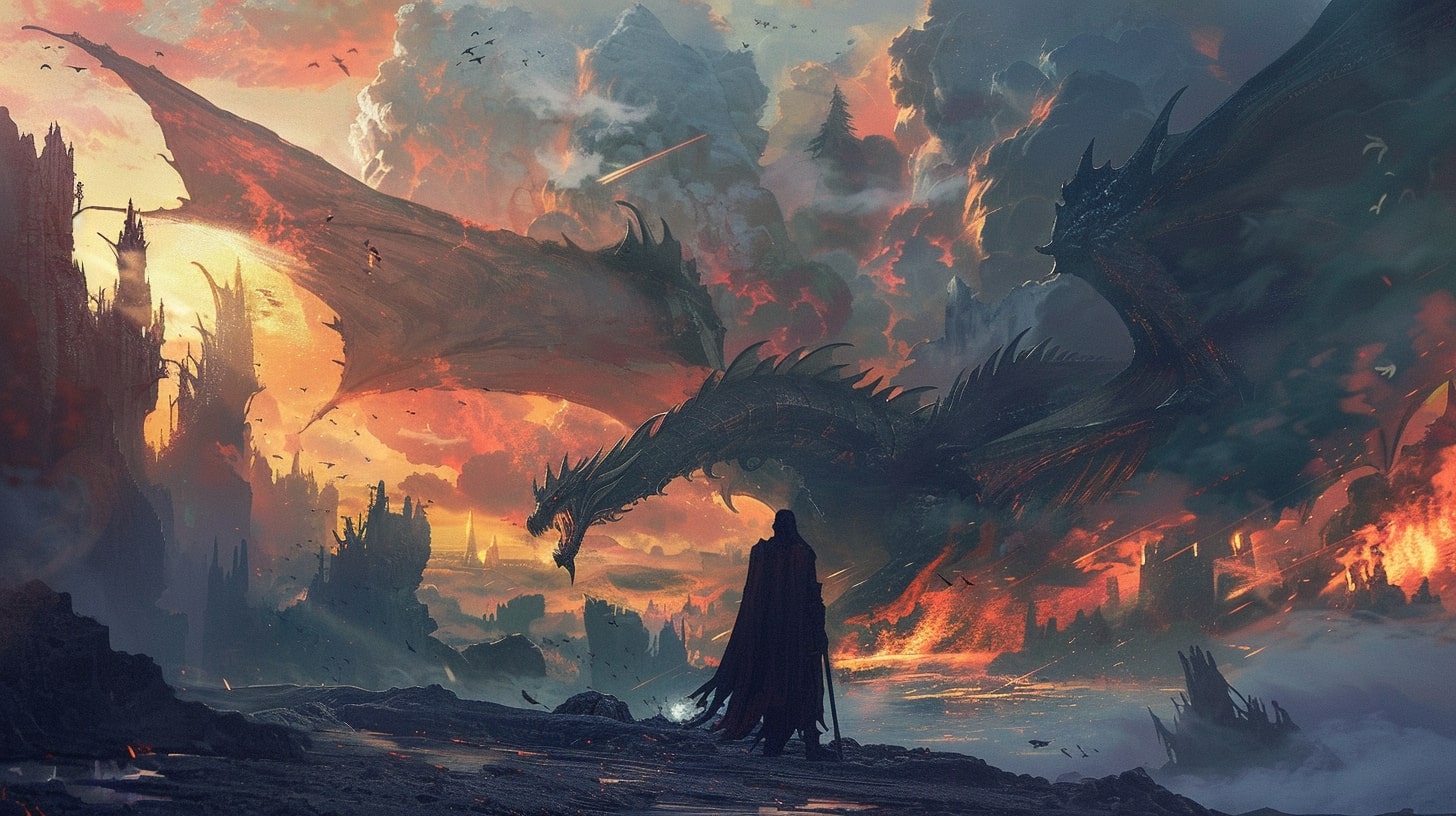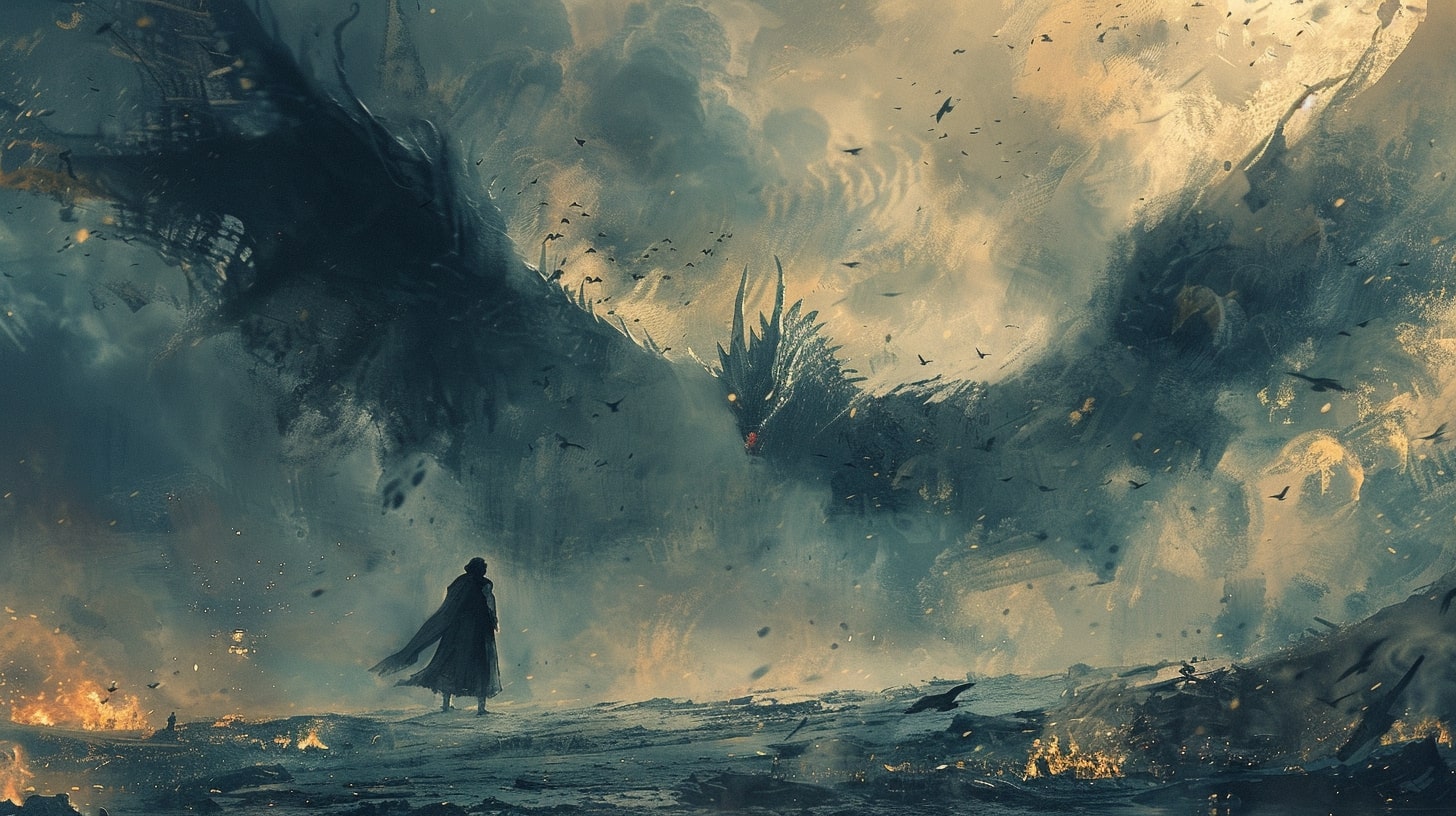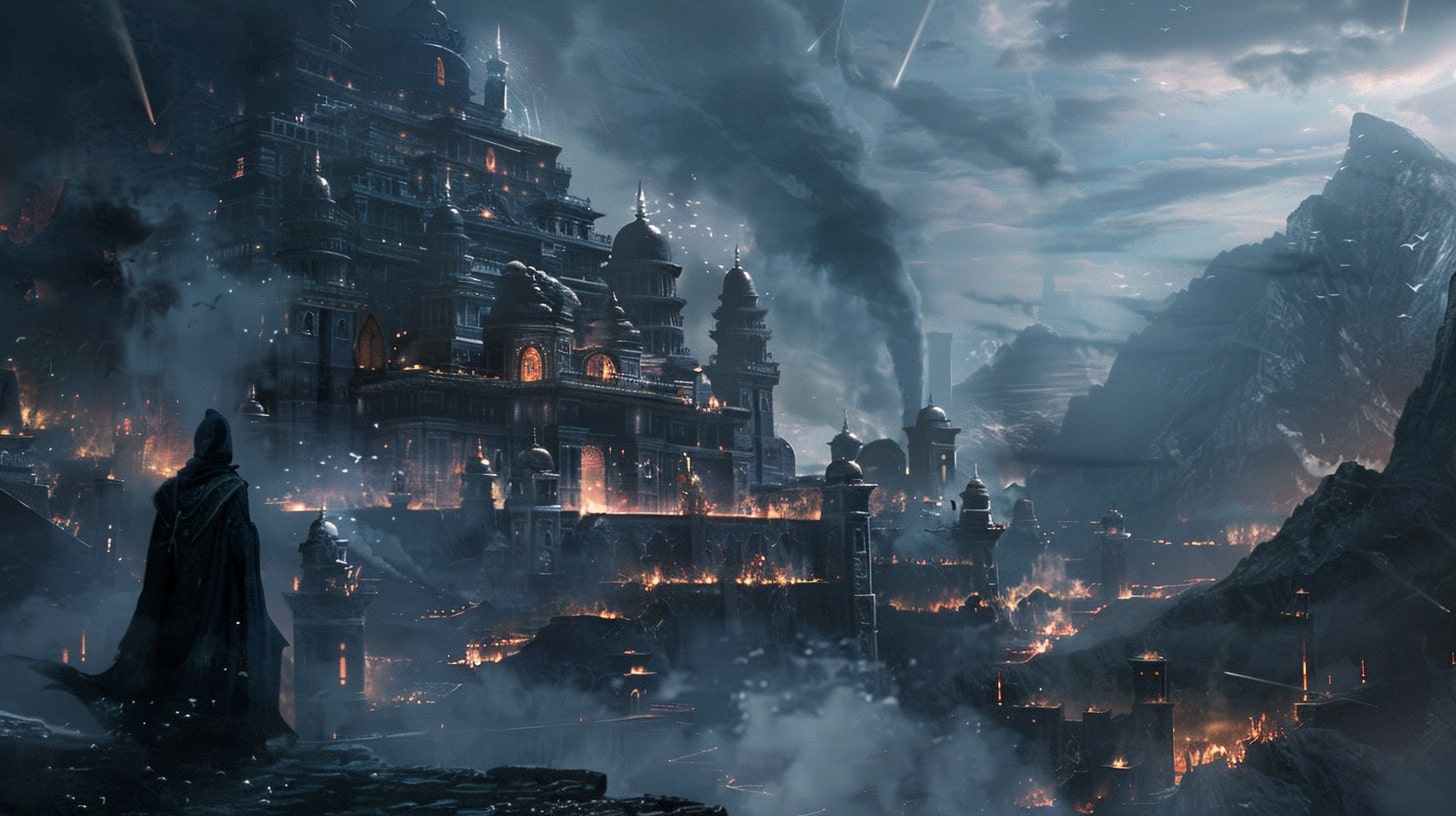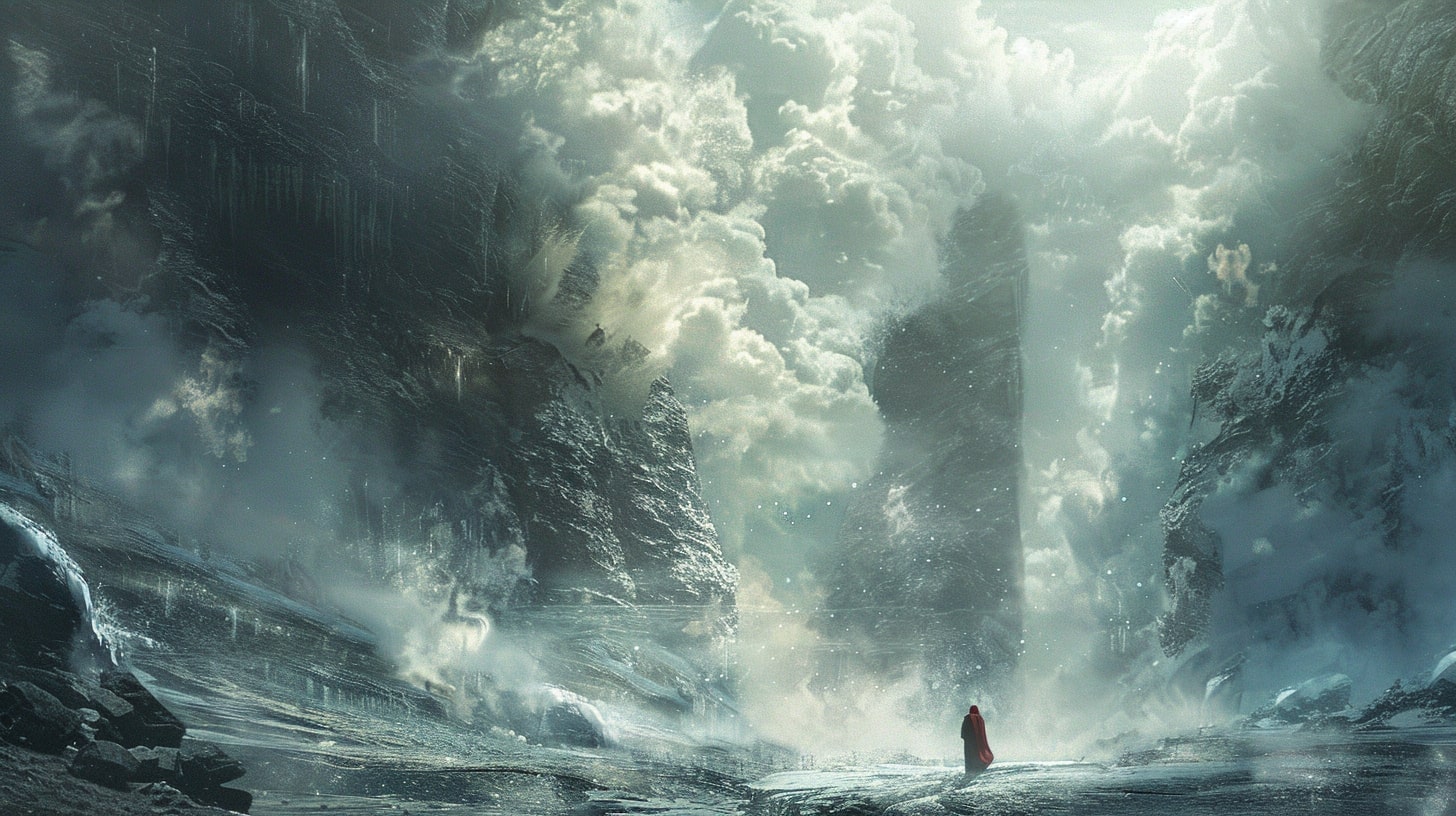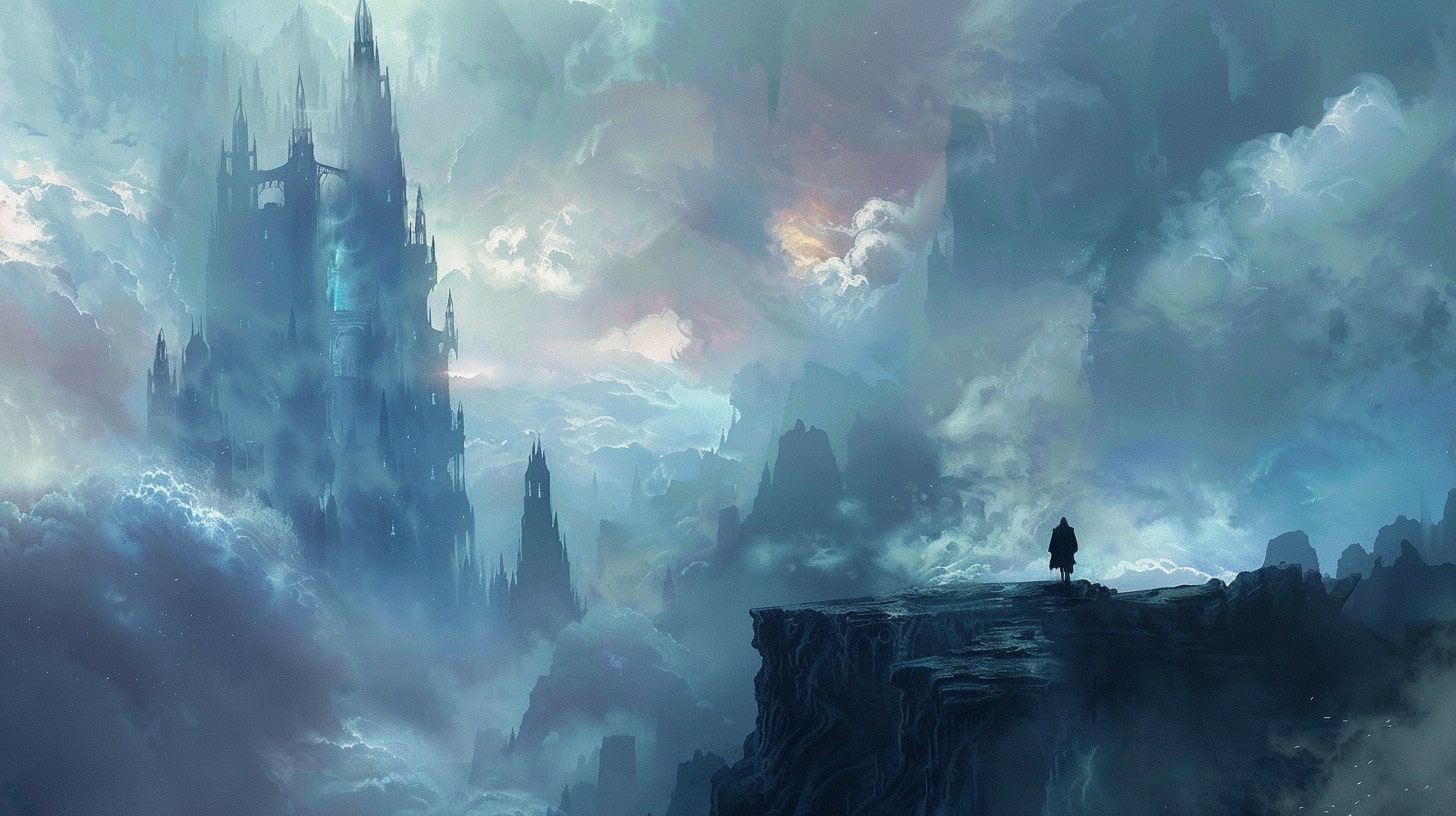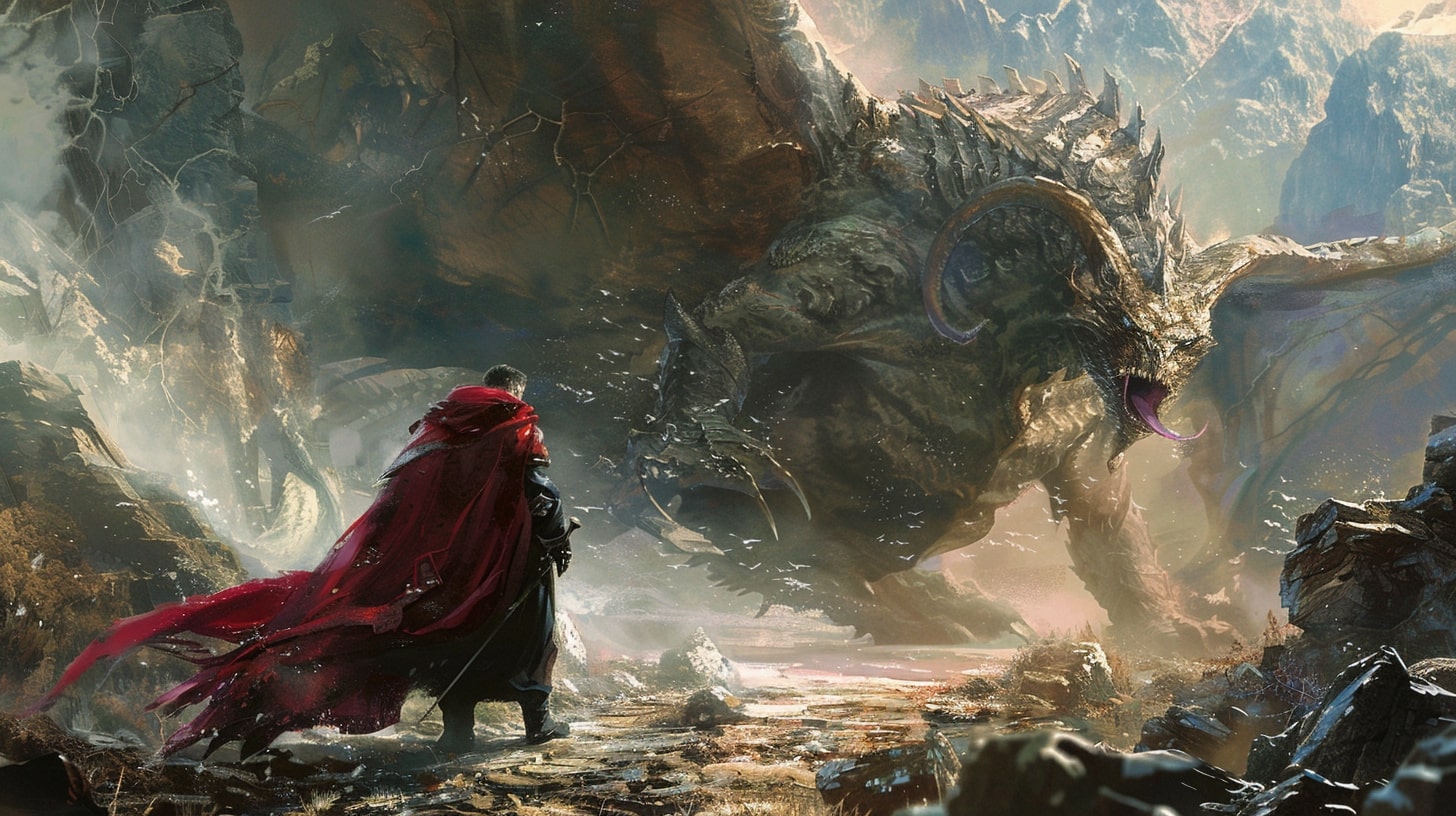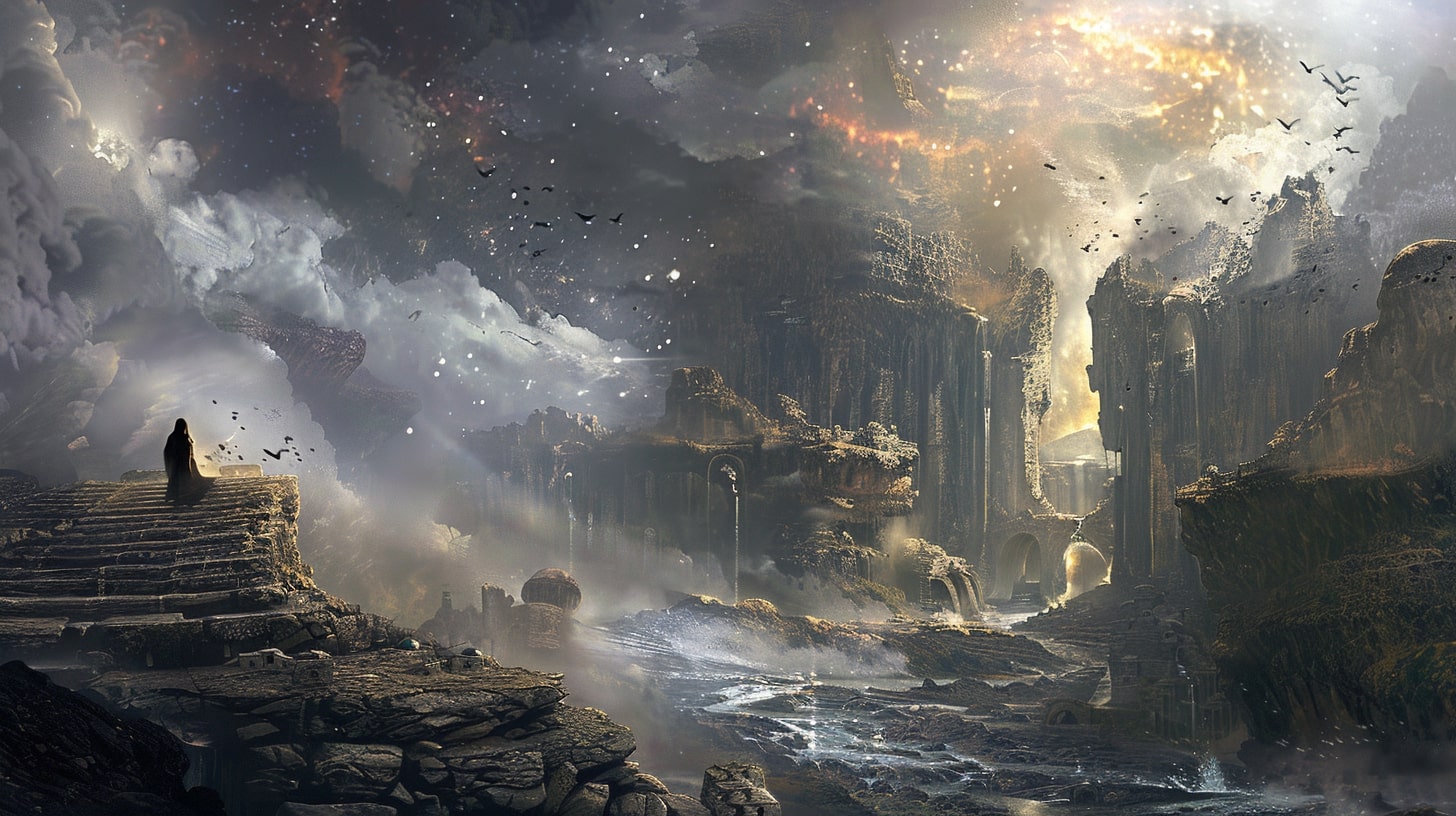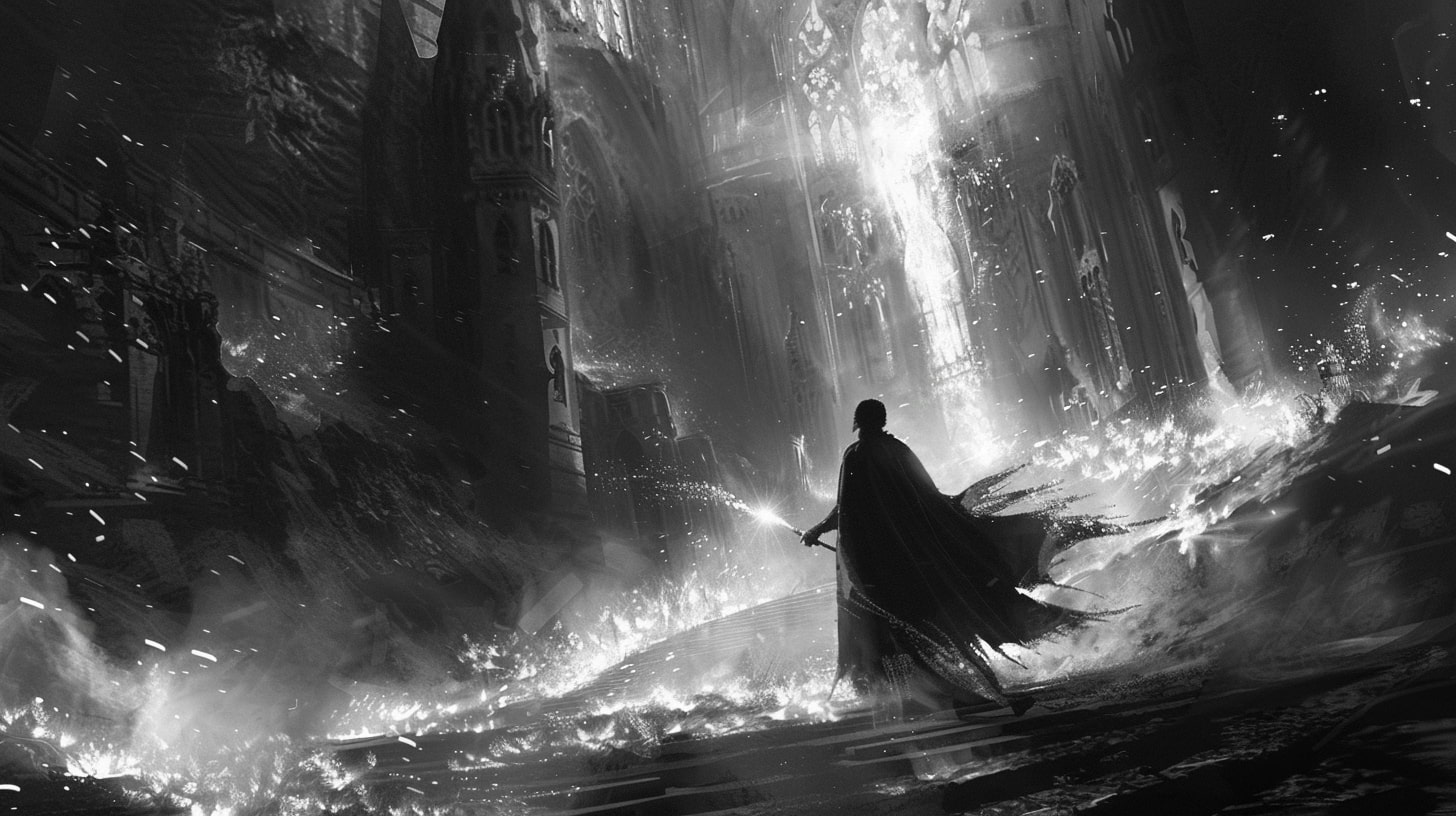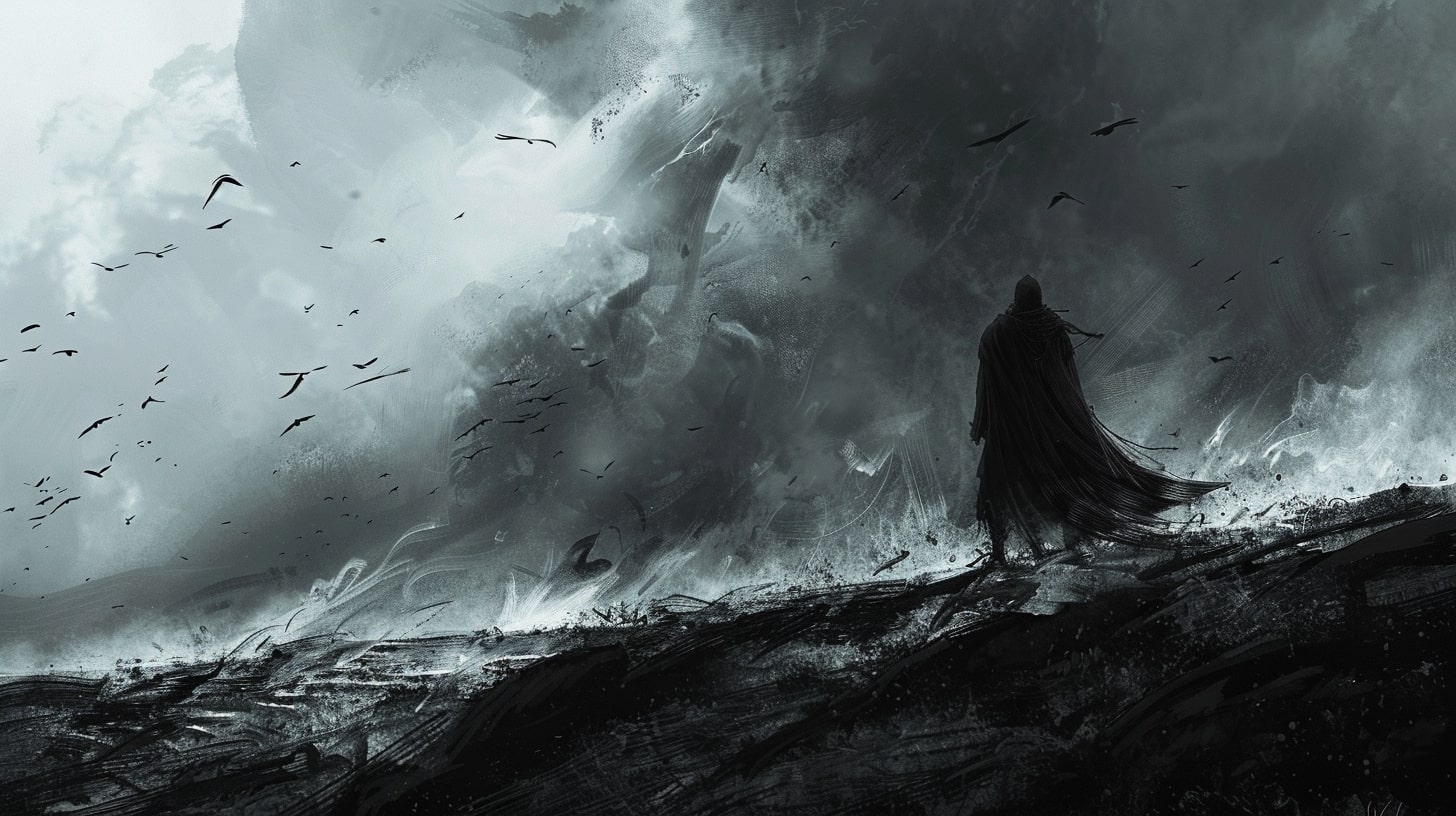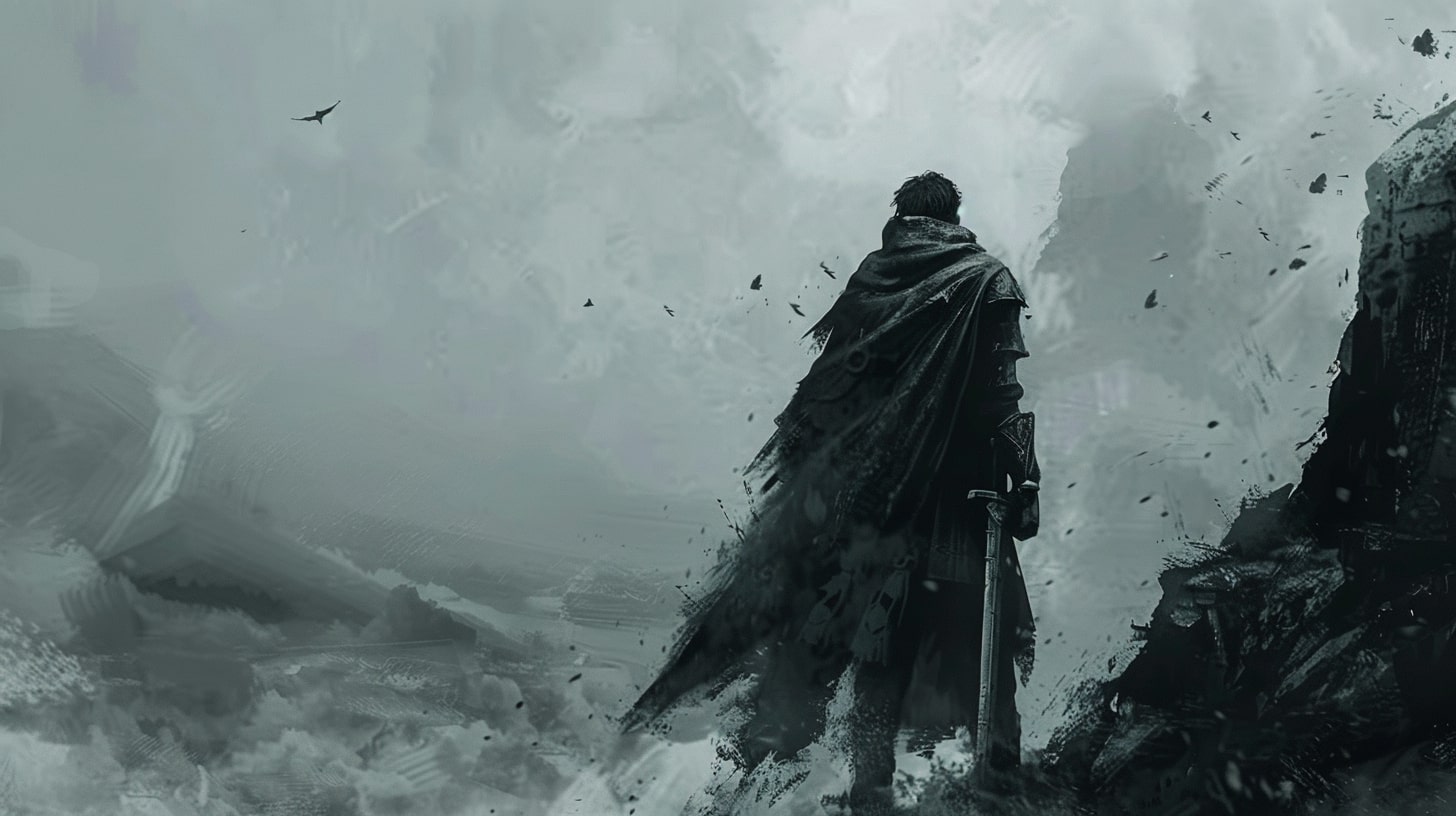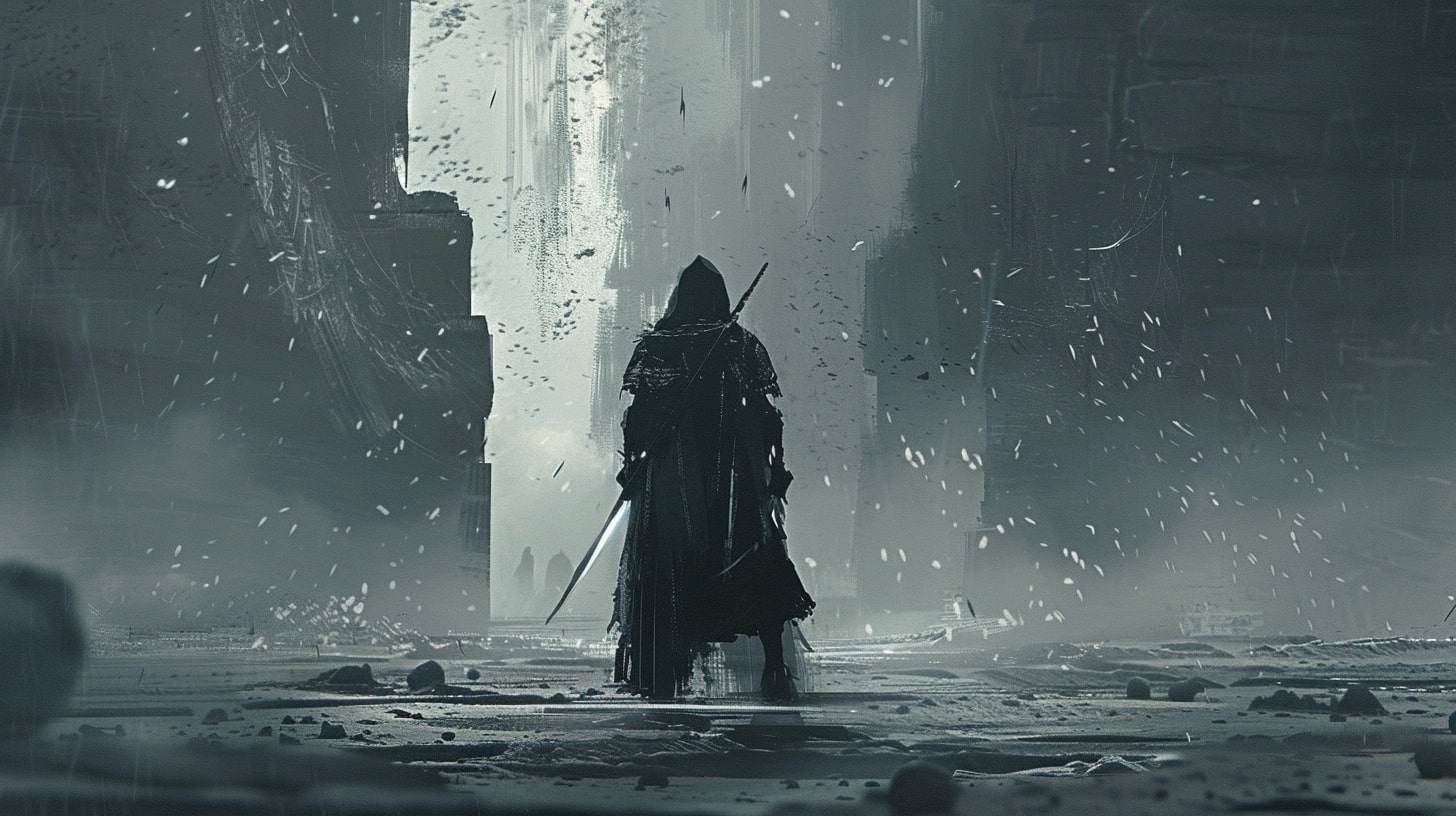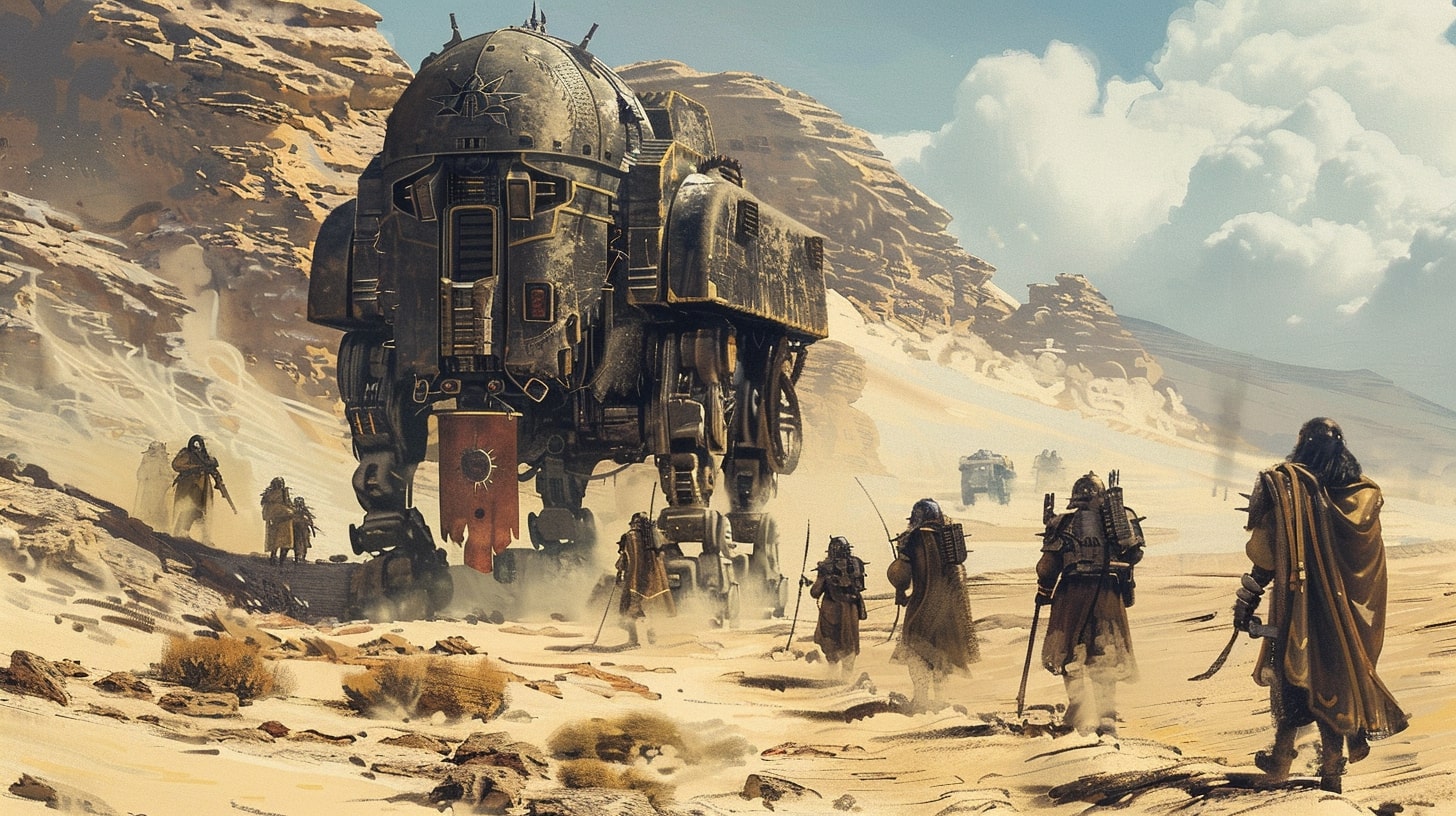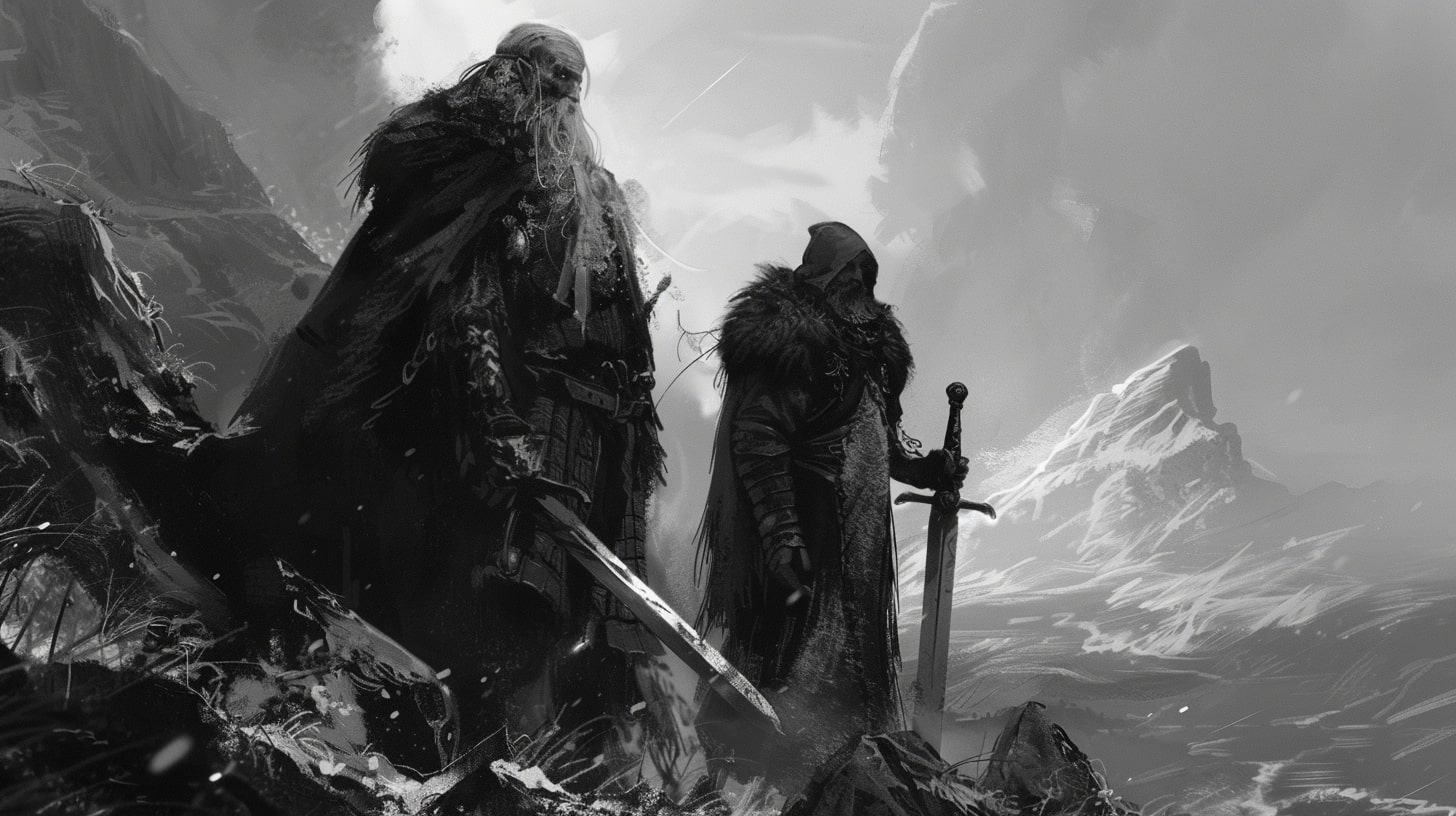The Magic of Character Arcs
Welcome to the enchanting world of character arcs! Character arcs are the secret ingredient that brings your story to life, making it captivating, relatable, and memorable.
If you want to create fantastic stories that people want to read again and again then you need characters that are more than cardboard cutouts. Rarely does someone want to find a character that experiences no growth.
This is why the character arc in storytelling is so important. If you can show character development through the growth of your character(s) then it makes it that much easier to write a story that people love.
So, grab your wand and let's dive in!
Understanding the Importance of Character Arcs
Picture this: You're reading a book or watching a movie, and you encounter a character who undergoes a transformative journey throughout the story. They start off as a timid, ordinary individual, but as the plot unfolds, they face challenges, make tough choices, and emerge as a hero or a changed person. That, my friend, is the power of a character arc.
Character arcs are crucial because they give your story depth and complexity. They allow readers or viewers to connect with the characters on a deeper level, as they witness their growth, struggles, and triumphs. A well-crafted character arc takes your audience on an emotional rollercoaster, keeping them engaged and invested in the story until the very end.
Moreover, character arcs provide an opportunity to explore universal themes and messages. Through the transformation of your characters, you can convey powerful ideas about personal growth, redemption, overcoming adversity, or the human condition itself. These themes resonate with readers and add a layer of meaning to your storytelling.
How Character Arcs Enhance Your Storytelling
Imagine a story without character arcs. It would be like a magic show without any tricks! Character arcs bring depth and complexity to your narrative, elevating it from a simple sequence of events to a profound and impactful journey.
Here's how character arcs enhance your storytelling:
Emotional Connection: Character arcs create a strong emotional connection between your audience and your characters. As readers or viewers witness the struggles and triumphs of your characters, they become emotionally invested in their journey, rooting for their success and empathizing with their challenges.
Conflict and Tension: Character arcs introduce conflict and tension into your story. As your characters face obstacles and make difficult choices, they experience internal and external conflicts that drive the plot forward. This keeps your audience on the edge of their seats, eager to see how the characters will overcome their challenges.
Themes and Messages: Character arcs provide a platform to explore and convey deeper themes and messages. Through the transformation of your characters, you can explore ideas about identity, redemption, love, or the human capacity for change. These themes resonate with your audience and leave a lasting impact.
Realistic and Dynamic Characters: Characters with well-developed arcs feel realistic and dynamic. They have flaws, strengths, and undergo growth and change over time. This realism makes your story more relatable and compelling, as readers or viewers can see themselves and their own journeys reflected in your characters.
So, grab your quill and start crafting captivating character arcs that will leave your audience spellbound. Remember, the magic lies in the transformation, growth, and challenges your characters face throughout their journey.
In the next sections, we will delve deeper into the art of building captivating characters and explore the three acts of character development. Get ready to unleash the magic of character arcs!
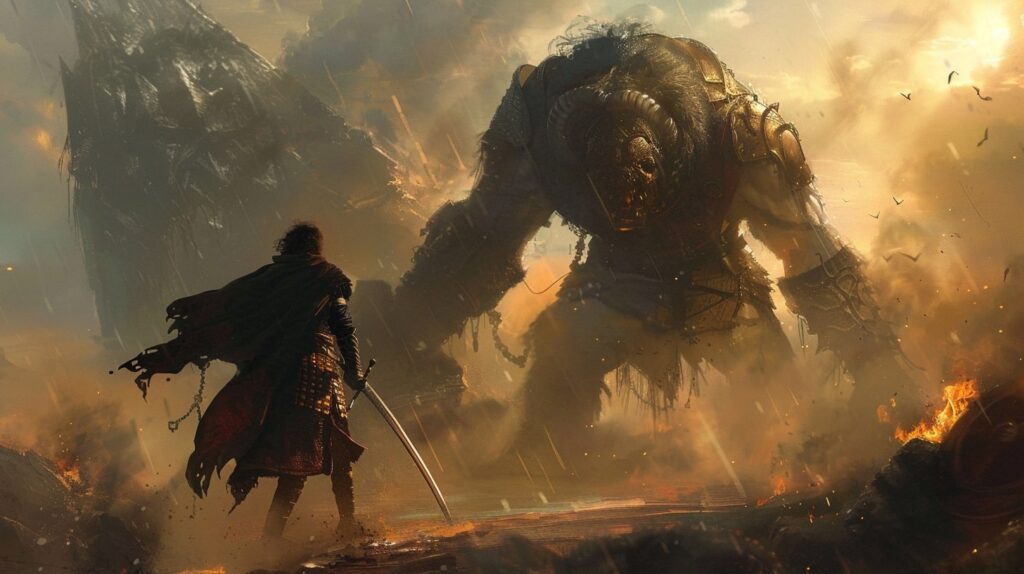
Character Arc in Storytelling: Building a Captivating Character
Creating a captivating character is the key to immersing your readers in your story. To achieve this, you need to invest time and effort into crafting a compelling backstory and establishing motivations and goals for your character.
Crafting a Compelling Backstory
A character's backstory is like their origin story, providing a glimpse into their past experiences and shaping who they have become. It's an opportunity to delve into their history, upbringing, and significant events that have shaped their personality and beliefs.
When crafting a compelling backstory, consider the following elements:
Character Personality Traits: Start by defining your character's personality traits. This will help you understand how they would react and make decisions based on their past experiences. Check out our article on character personality traits for inspiration.
Character Background: Create a background that is unique to your character. Think about their family, upbringing, cultural influences, and any significant life events that have shaped them. Our article on character backstory ideas can help you get started.
Psychological Development: Consider how your character's past experiences have influenced their psychological development. Explore traumatic events, pivotal moments, or formative relationships that have impacted their emotions, fears, and desires. Understanding the psychological aspects of your character will add depth and complexity to their arc. For more guidance, check out our article on psychological development of characters.
Motivations and Trauma: Identify the motivations that drive your character's actions and decisions. Delve into their desires, dreams, and what they hope to achieve. Additionally, explore any past traumas or unresolved conflicts that may influence their behavior. This will add layers to their character arc and provide opportunities for growth and transformation.
Remember, a well-crafted backstory should not only provide context but also contribute to the overall narrative. It should resonate with readers, evoking empathy and curiosity about your character's journey.
Establishing Motivations and Goals
Establishing clear motivations and goals for your character is essential for creating a compelling character arc. Motivations are the driving forces behind your character's actions and decisions, while goals provide a sense of purpose and direction.
Consider the following when establishing motivations and goals:
Internal Motivations: Explore your character's internal motivations, such as their values, desires, and fears. These inner drives will shape their decisions and actions throughout the story. Understanding their internal motivations will add depth and authenticity to their character arc.
External Motivations: Think about the external factors that influence your character's goals. This could include societal expectations, relationships, or external events that affect their journey. Balancing internal and external motivations will create a dynamic character arc.
Short-term and Long-term Goals: Establish both short-term and long-term goals for your character. Short-term goals contribute to the immediate plot progression, while long-term goals provide a sense of purpose and direction for their overall arc. These goals will evolve and change as your character faces challenges and grows.
By crafting a compelling backstory and establishing strong motivations and goals, you set the foundation for a captivating character arc. Remember to keep your character consistent, believable, and relatable to engage your readers throughout their transformative journey. For more tips on character development, check out our article on character development techniques.
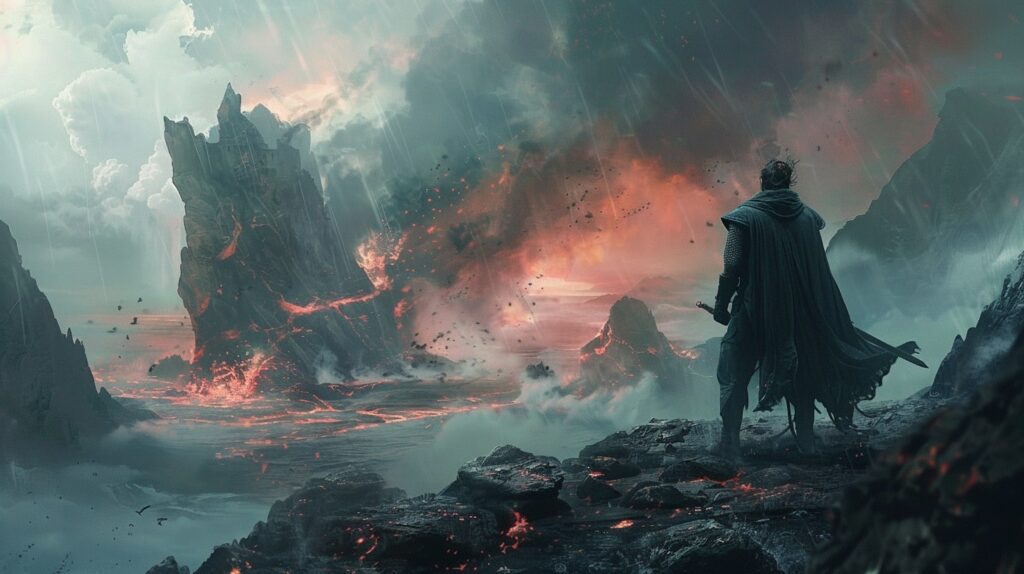
The Three Acts of Character Development
Crafting a captivating character arc is like embarking on an epic adventure. And just like any great adventure, it's divided into three acts. So grab your pen and buckle up, because we're about to delve into the thrilling world of character development!
Act 1: The Setup
Welcome to Act 1, where the stage is set and the journey begins. In this act, you'll be introducing your character to the world. Think of it as the grand entrance where your character makes their first impression. Are they a charming rogue or a shy bookworm? The choice is yours!
Once you've introduced your character, it's time to establish the status quo. What is their normal day-to-day life like? Do they have a cozy cottage in the woods or are they a space explorer aboard a starship? This is the foundation upon which the rest of the story will unfold.
Act 2: The Journey
Prepare for Act 2, where the real adventure begins. This act is all about the catalyst for change. Something unexpected happens that disrupts the status quo and sets your character on a thrilling journey. It could be a mysterious letter, a chance encounter, or a shocking revelation. Whatever it is, it sets your character on a path of transformation.
As your character embarks on their journey, they will face challenges and growth. This is where they encounter obstacles, both external and internal, that force them to confront their fears, discover their strengths, and overcome their weaknesses. It's like a character boot camp, but with less push-ups and more emotional breakthroughs.
Act 3: The Resolution
Welcome to Act 3, where the story reaches its climax and resolution. In this act, your character undergoes a transformation and revelation. They have learned, grown, and changed throughout the journey, and now it's time to reveal the new and improved version of themselves.
The transformation leads to a new status quo. Your character's world may be forever altered, whether it's finding a newfound purpose, achieving their goals, or embracing a new identity. This is the final piece of the puzzle that completes the character arc.
Now that you've unlocked the secrets of the three acts of character development, it's time to embark on your own storytelling adventure. Remember, crafting a captivating character arc is like casting a spell that enchants your readers and keeps them turning pages. So go forth, weave your tales, and let your characters come to life!
For more insights on character development and storytelling, check out our articles on character-driven storytelling, and character development in worldbuilding.
Act 2: The Journey
Congratulations! You've successfully set up your character and established the status quo in Act 1. Now it's time to take them on a wild ride in Act 2, the journey that will shape them into the hero (or anti-hero) they are meant to be. Buckle up and get ready for the catalyst for change, the challenges, and the growth that will test your character's mettle.
The Catalyst for Change
In Act 2, your character encounters a catalyst for change that disrupts their ordinary life and sets them on a new path. This catalyst could be a life-altering event, a fateful encounter, or even a realization that propels them forward. It's the moment when everything they once knew gets turned upside down and they can no longer ignore the call for something greater.
Think of this catalyst as the spark that ignites the fire within your character. It's the pivotal moment that pushes them out of their comfort zone and forces them to confront their own limitations. This catalyst should challenge their beliefs, motivations, and desires, setting them on a trajectory that will ultimately lead to their transformation.
Challenges and Growth
With the catalyst for change in motion, your character now faces a series of challenges that test their resolve and force them to grow. These challenges can come in various forms, such as physical obstacles, emotional turmoil, or conflicts with other characters. Each challenge should push your character further outside their comfort zone and force them to confront their flaws, fears, and weaknesses.
As your character faces these challenges head-on, they begin to experience growth. They learn from their mistakes, acquire new skills, and develop a deeper understanding of themselves and the world around them. This growth is crucial for their character arc, as it allows them to evolve and transform throughout the story.
Remember, the challenges your character faces should be meaningful and impactful. They should push your character to their limits and force them to make difficult choices. This is where the true essence of their character shines through, and where their journey becomes captivating for your readers.
In Act 2, the journey your character embarks on is filled with excitement, turmoil, and growth. The catalyst for change propels them forward, while the challenges they face shape them into a stronger, more resilient individual. But the journey is not over yet! Act 3 awaits, where your character will experience a transformation and find a new status quo. Stay tuned for the final act of your character's captivating arc!
Act 3: The Resolution
Congratulations, you've made it to the final act of your character's journey! Act 3 is where everything comes together, and your character undergoes a transformation and experiences a revelation that sets the stage for a new status quo.
Transformation and Revelation
In Act 3, your character reaches a critical point in their arc. They have faced numerous challenges and obstacles throughout their journey, which have forced them to confront their flaws, fears, and limitations. It is in this act that your character undergoes a transformation. They have learned valuable lessons and gained insights that have reshaped their perspective and values.
This transformation is often accompanied by a revelation or a profound understanding of themselves and the world around them. It can be a moment of self-realization, where your character discovers their true purpose or finds the strength to overcome their weaknesses. This revelation can be triggered by a major event or a culmination of smaller moments throughout the story.
A New Status Quo
Following the transformation and revelation, your character enters a new status quo. This is the new normal for your character, where they have integrated their growth and transformation into their daily life. They have shed their old self and embraced a new identity that aligns with their newly discovered values and beliefs.
The new status quo reflects the changes your character has undergone and sets the stage for their future. It may involve new relationships, new goals, or a new outlook on life. This new equilibrium should feel satisfying and provide a sense of closure for your character's arc.
Remember, the resolution should tie up loose ends and provide a sense of fulfillment for your readers. It should leave them with a sense of satisfaction and a clear understanding of how your character has evolved throughout the story.
Now that you've reached the end of the character arc, you can reflect on the overall journey and the growth your character has experienced. Act 3 is a crucial part of the storytelling process, as it allows your character to complete their arc and leave a lasting impact on your readers.
In the next section, we will explore different types of character arcs and provide you with tips for crafting captivating character arcs to help you create memorable and engaging characters. So, let's continue our journey and uncover the secrets to crafting compelling character arcs!

Types of Character Arcs
In the magical realm of storytelling, character arcs bring life and depth to your beloved characters. They take your characters on transformative journeys that captivate readers and leave them spellbound. Here are three enchanting types of character arcs you can weave into your stories:
The Positive Arc: From Flawed to Heroic
In this enchanting arc, your character starts off with flaws and imperfections. They might be self-centered, cowardly, or burdened with self-doubt. However, as the story unfolds, they embark on a magical journey of self-discovery and growth. Through challenges, trials, and self-reflection, they gradually shed their flaws and emerge as heroes, showcasing bravery, compassion, and wisdom.
| Flaws | Heroic Traits |
|---|---|
| Self-centered | Selfless |
| Cowardly | Courageous |
| Self-doubting | Confident |
The Negative Arc: From Heroic to Flawed
In this intriguing twist, your character initially embodies heroic qualities, inspiring admiration and awe. However, as the story progresses, they encounter trials and tribulations that test their strength and resolve. These challenges gradually erode their heroic qualities, leading them down a path of downfall and moral decay. The allure of power, revenge, or desperation can corrupt their once noble intentions, transforming them into flawed and morally compromised characters.
| Heroic Traits | Flaws |
|---|---|
| Courageous | Reckless |
| Selfless | Selfish |
| Wise | Manipulative |
The Flat Arc: Consistency in the Face of Change
Unlike the transformative arcs, the flat arc showcases a character who remains steadfast in their core beliefs and values throughout the story. They are the guiding light amidst chaos and change, providing stability and wisdom to those around them. While they may encounter challenges and temptations, these trials only serve to reinforce their unwavering resolve.
The flat arc is often seen in mentor or guardian characters who offer guidance and support to the protagonist, helping them navigate their own transformative arcs.
Character consistency and growth are key in crafting captivating character arcs. Explore our articles on character development and character traits and flaws for further insights into creating compelling characters that will leave readers spellbound. Remember, the magic lies in your hands as you breathe life into your characters and guide them on their extraordinary journeys.
Tips for Crafting Captivating Character Arcs
Crafting captivating character arcs is an art that can elevate your storytelling to new heights. To ensure your characters resonate with your readers, here are some tips to keep in mind:
Consistency and Believability
Consistency is key when it comes to creating memorable characters. You want your readers to believe in the journey your characters undertake. This means ensuring that their actions, decisions, and growth throughout the story are consistent with their personality traits and backstory. Avoid sudden and unexplained changes in behavior, as this can leave your readers scratching their heads and disengaged from the story.
Imagine if Frodo Baggins from The Lord of the Rings suddenly decided to abandon the quest and become a professional dancer. It wouldn't make sense, would it? Stay true to the essence of your characters, and let their development and choices flow naturally.
Balancing Internal and External Conflict
A captivating character arc requires a delicate balance between internal and external conflict. Internal conflict refers to the emotional struggles and dilemmas your characters face within themselves, while external conflict involves the obstacles and challenges they encounter from the outside world.
Both types of conflict contribute to the growth and transformation of your characters. By exploring their internal struggles, desires, and fears, you can create a deeper connection between your readers and your characters. At the same time, external conflicts provide opportunities for your characters to demonstrate their strengths and weaknesses.
For example, in Harry Potter and the Sorcerer's Stone, Harry's internal conflict revolves around his identity and place in the wizarding world, while the external conflict involves his battle against the dark forces threatening Hogwarts. Balancing these conflicts adds layers to your characters and makes their arcs more engaging.
Allowing for Growth and Change
Character arcs are all about growth and change. Your characters should evolve throughout the story, learning from their experiences and developing into stronger, more complex individuals. This growth can manifest in various ways, such as overcoming their flaws, gaining new skills, or transforming their beliefs.
However, it's important to strike the right balance between growth and authenticity. Dramatic transformations should be supported by the events and challenges your characters face, ensuring that they feel earned and believable. Gradual changes can also create a powerful impact, showcasing the subtle shifts in your characters' perspectives and behaviors.
Remember, character arcs are not limited to protagonists. Supporting characters and even antagonists can undergo their own growth and transformation, enriching your storytelling and creating a more dynamic narrative.
By keeping these tips in mind, you can craft captivating character arcs that resonate with your readers. Consistency and believability, a balance between internal and external conflict, and allowing for growth and change are the ingredients that will make your characters come alive on the page. So go forth and unleash the magic of character development in your storytelling!


